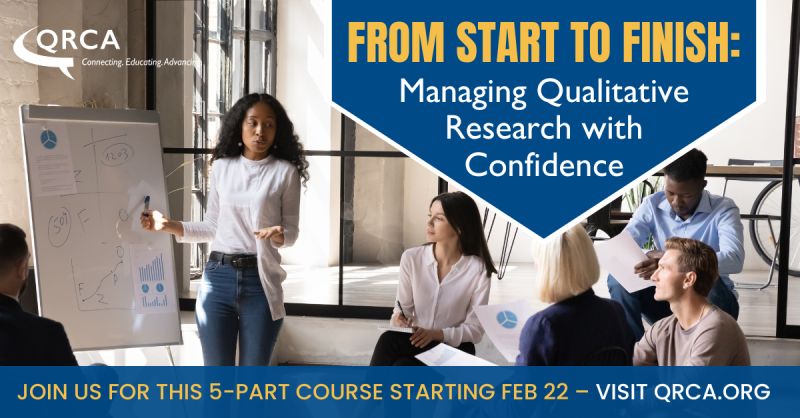I was just listening to a podcast from Hidden Brain about how habituation impacts our enjoyment and engagement with things in our lives. Habituation is the brain’s tendency to tune out or discount the familiar and favor the new. For example, research has found that travelers experience the most joy during the first two days at a vacation spot. They might still enjoy themselves on the following days, just not as much as they did when the experience was brand new.
It occurred to me that companies can utilize an understanding of habituation to market more effectively and to also improve the customer experience, to get customers to keep coming back and even recommend the company to their friends.
Make marketing more effective by combatting habituation:
- Vary marketing messages. Tell stories. Use humor. Tug at heartstrings. Find fresh angles to present your core value proposition. This will increase interest from prospects and may also provide existing customers with new reasons to love your brand.
- Use a mix of content formats. Different formats keep your audience on their toes, eager for the next surprise. Consider a quirky video one week and an intriguing infographic next. That kind of variety can reignite interest and keep your brand top of mind.
Overcome habituation for better customer experience:
- Feedback and innovation. Keep learning about your customers. What delighted them yesterday might not work tomorrow. By staying ahead of the curve, you’ll ensure your marketing and customer experience remain fresh, engaging, and effective.
- Consider personalization. Personalized emails, tailored recommendations, and bespoke offers make your customers feel seen and valued. This individual attention reduces the risk of habituation because each interaction feels unique and relevant.
- Surprise your customers. Incorporating unexpected rewards or gestures can significantly enhance the customer experience. Surprise discounts or little freebies with a purchase are moments that stick with customers, breaking the routine and creating positive associations with your brand.
Let’s discuss how to keep your brand fresh in customers’ minds. Email me at info at bureauwest.com.
Sources: “Making the World Sparkle Again,” Hidden Brain, 6/24/24; “Stop Habituation with Learning Code 4,” LinkedIn, 6/21/24; “The big idea: this simple behavioural trick can help you get more out of life,” The Guardian, 2/19/24



